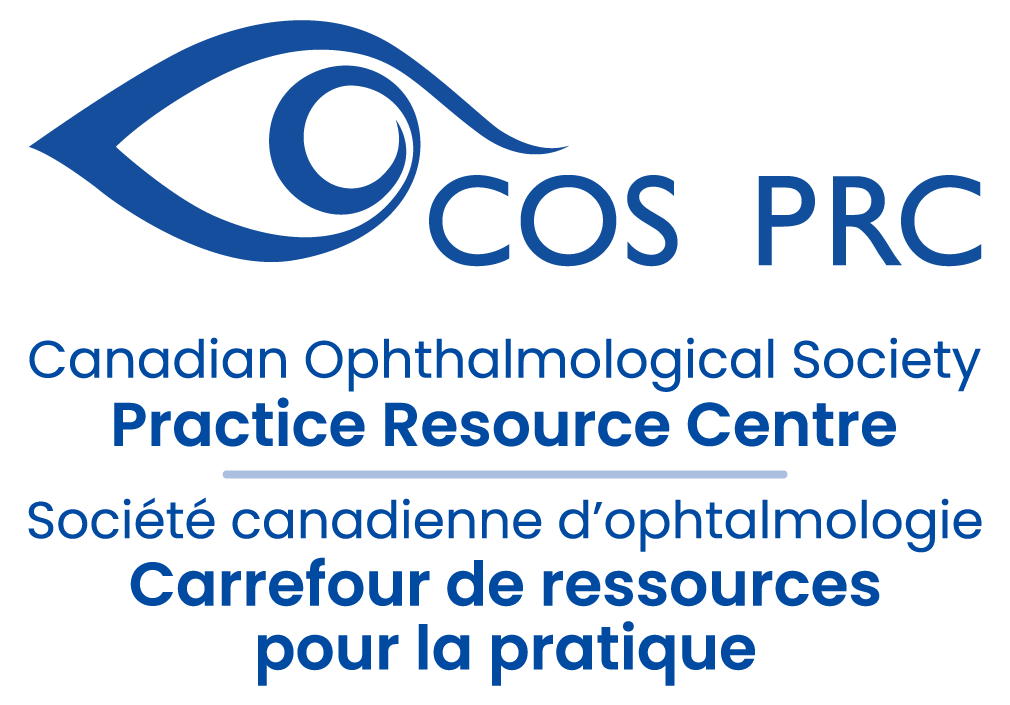Authors and Affiliations:
Mostafa Bondok, MD1; Anne Xuan-Lan Nguyen, MDCM2; Edsel Ing MD, PhD, MBA, MEd, MPH3,2
1: Section of Ophthalmology, Department of Surgery, Cumming School of Medicine, University of Calgary, Calgary, Canada
2: Department of Ophthalmology and Vision Sciences, University of Toronto Temerty School of Medicine, Toronto, Canada
3: Department of Ophthalmology and Visual Sciences, University of Alberta, Edmonton, Canada
Corresponding Author
Edsel Ing MD PhD FRCSC MEd MPH MIAD MBA
Professor & Chair of the Department of Ophthalmology & Visual Sciences
Chief of Ophthalmology Edmonton Zone
10240 Kingsway Avenue, Royal Alexandra Hospital, Edmonton, Alberta, T5H 3V9
(c): 780-735-8784; (e): [email protected]
Funding Statement: This research did not receive any specific grant from funding agencies in the public, commercial, or not-for-profit sectors.
Declaration of Authors’ Competing Interests: The authors indicate no financial support or conflicts of interest. The authors have no proprietary or commercial interest in any materials discussed in this article. All authors attest that they meet the current ICMJE criteria for authorship.
Eyelid lesions are common in primary care
Most eyelid lesions are benign, but 5-10% of skin cancers are periocular, with 90% being basal cell carcinoma (BCC) and 5% squamous cell carcinoma (SCC) [1]. Risk factors include age, UV exposure, family history, immunosuppression, and fair skin [1]. Sebaceous carcinoma, malignant melanoma and Merkel cell carcinoma are important but less common eyelid malignancies.
Recognition and clinical evaluation of malignant eyelid lesions is crucial
BCC and SCC often affect the lower eyelid or medial canthus due to sun exposure. Evert the eyelids to evaluate the palpebral conjunctiva and fornix and assess for tissue fixation [1]. Features of malignancy include skin ulceration, telangiectasia, loss of eyelashes, distortion of eyelid architecture, and crusting [1,2]. Assess ocular motility, palpate regional lymph nodes, and scan sun-exposed areas on the face and body for other lesions. Unilateral blepharitis, or recurrent chalazia may masquerade as sebaceous carcinoma. The “ABCDE” criteria (Asymmetry, Border irregularity, Colour variation, Diameter >6mm, Evolution) aids in the evaluation of eyelid malignant melanoma.
Refer lesions with malignant features
Malignant lesions can resemble benign ones, making diagnosis challenging [1]. Refer suspicious cases to an oculoplastic surgeon or dermatologist for biopsy [1,2]. Treatment typically involves surgical excision with clear margins via Mohs or frozen section. For inoperable BCC, vismodegib is an option for extensive disease, while imiquimod may treat superficial cases.
Styes and chalazia are frequent in primary care
Generally, a stye is a painful, red, and pimple-like lesion caused by infection [3], whereas a chalazion is a non-infectious, painless bump on the eyelid [2,4]. Both often resolve with warm compresses (5-10 min, 4-5x/day) and lid massage. Persistent cases (>4-6 weeks) warrant referral to ophthalmology for assessment of comorbid eye conditions (e.g., rosacea keratitis, blepharitis) [4], and possible definitive management with antibiotics, steroids, and/or incision & curettage [3,5]. Good eyelid hygiene, including lid scrubs with baby shampoo, aids prevention [3–5].
Other common benign eyelid lesions include epidermal inclusion cysts, hidrocystomas, seborrheic keratoses and nevi
Cystic, non-ulcerated lesions that transilluminate may be sweat duct cysts (hidrocystomas), while non-transilluminating cysts may be epidermal inclusion cysts. Seborrheic keratoses appear greasy and “stuck on,” with variable pigmentation. Eyelid nevi may have little to no pigmentation, and the presence of protruding hairs is not uncommon.
[1] Cook BE, Bartley GB. Treatment options and future prospects for the management of eyelid malignancies: An evidence-based update. Ophthalmology 2001;108:2088–98. https://doi.org/10.1016/S0161-6420(01)00796-5.
[2] Bernardini FP. Management of malignant and benign eyelid lesions. Curr Opin Ophthalmol 2006;17:480–4. https://doi.org/10.1097/01.ICU.0000243022.20499.90.
[3] Lindsley K, Nichols JJ, Dickersin K. Non-surgical interventions for acute internal hordeolum. Cochrane Database of Systematic Reviews 2017;2017. https://doi.org/10.1002/14651858.CD007742.PUB4/MEDIA/CDSR/CD007742/IMAGE_N/NCD007742-AFIG-FIG01.PNG.
[4] Zhu Y, Zhao H, Huang X, Lin L, Huo Y, Qin Z, et al. Novel treatment of chalazion using light-guided-tip intense pulsed light. Sci Rep 2023;13:1–11. https://doi.org/10.1038/s41598-023-39332-x.
[5] Ben Simon GJ, Huang L, Nakra T, Schwarcz RM, McCann JD, Goldberg RA. Intralesional Triamcinolone Acetonide Injection for Primary and Recurrent Chalazia: Is It Really Effective? Ophthalmology 2005;112:913–7. https://doi.org/10.1016/J.OPHTHA.2004.11.037.



